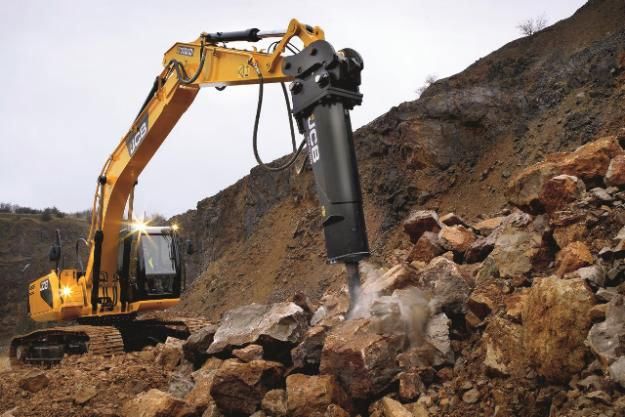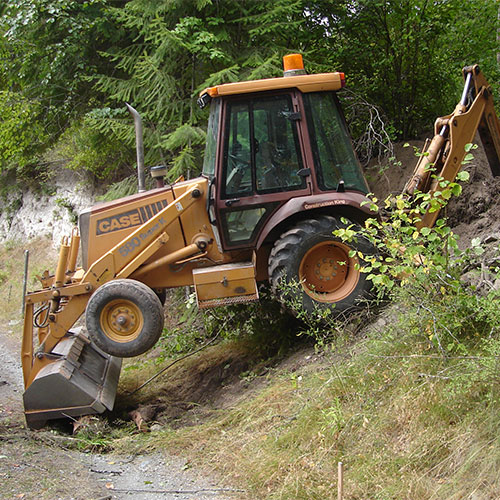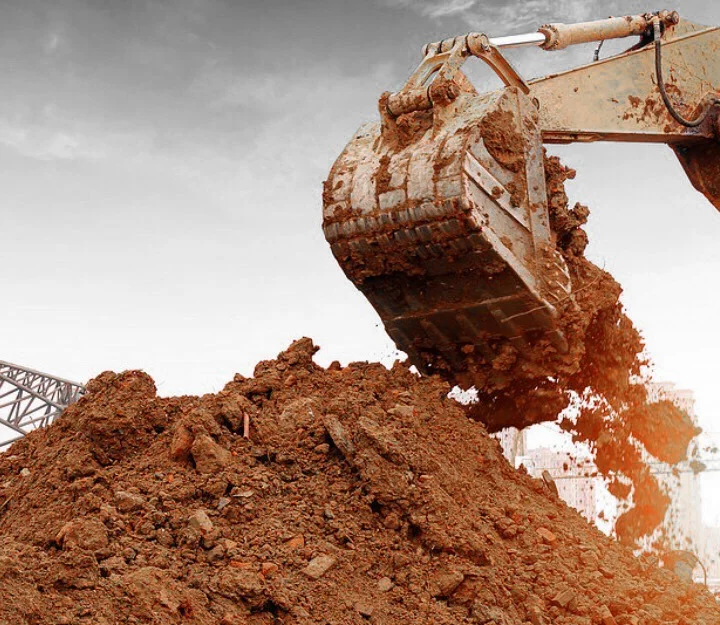Dump Truck Companies in Ohio - Reliable Dump Truck Services Across Ohio
Dump Truck Companies in Ohio - Reliable Dump Truck Services Across Ohio
Blog Article
Thorough Expedition: The Scientific Research Behind Superior Excavation Practices
The realm of excavation methods is a domain name where scientific research intertwines with craftsmanship to discover the enigmas hidden below the planet's surface area. From old hand devices to modern-day hydraulic excavators, the development of excavation methods has actually been a testament to human resourcefulness and technical advancements. However, what truly establishes exceptional excavation techniques apart is a deep understanding of geological concepts, coupled with the usage of advanced tools and techniques. By exploring the scientific research behind these methods, we can uncover the tricks that exist underneath our feet and value the precision and knowledge that go into every dig.
Advancement of Excavation Methods
Throughout history, the evolution of excavation strategies has played a vital role ahead of time building and construction techniques and archaeological explorations. From the fundamental devices utilized by our ancestors to the advanced machinery used in modern times, the development of excavation methods has dramatically transformed exactly how we come close to various jobs.
In ancient times, manual labor with basic devices such as wheelbarrows, shovels, and pickaxes was the primary technique of excavation. This labor-intensive procedure restricted the deepness and range of excavations, commonly resulting in slow progression and restricted accessibility to particular sites. As people progressed, so did the devices and strategies made use of for excavation.
The Industrial Revolution marked a turning point in excavation practices with the intro of steam-powered machinery. In modern times, modern technology plays an essential function in excavation, with improvements like General practitioner systems, drones, and 3D scanning improving accuracy and efficiency in the area.
Function of Modern Technology in Excavation

The assimilation of cutting-edge technology has actually basically reinvented the field of excavation, enhancing accuracy and effectiveness to unmatched levels. One of the key technological developments that has actually considerably affected excavation practices is the use of general practitioner systems. These systems permit for exact mapping of excavation sites, allowing operators to properly locate underground utilities and structures. Furthermore, the use of telematics in excavation devices has made it possible for real-time monitoring of equipment performance, resulting in positive maintenance and raised functional productivity.
In addition, the introduction of 3D modeling and simulation software program has structured the planning process for excavation projects. Operators and designers can currently picture the whole excavation procedure before beginning, recognizing prospective difficulties and maximizing operations. Along with this, the application of drones in excavation tasks has actually helped with airborne studies, volumetric measurements, and site evaluations with unequaled rate and precision.
Geological Principles in Excavation
An understanding of geological principles is necessary for making sure the architectural honesty and security of excavation websites. Continued Geological factors play an important function in establishing the usefulness and safety and security of excavation projects (lancaster trenching). One crucial geological concept to think about is the kind of dirt or rock existing at the website. Different soil types, such as gravel, sand, or clay, have varying levels of security and require different excavation strategies. Cohesive soils like clay may call for added assistance to stop collapses, while sandy soils may be vulnerable to disintegration during excavation.
By carrying out thorough geological studies and evaluation, engineers and excavators can create techniques to minimize risks and make sure the effective completion of excavation projects. Eventually, including geological concepts into excavation methods is critical for achieving risk-free, reliable, and sustainable results.

Most Recent Tools for Excavation
In the world of excavation methods, modern advancements in devices have actually changed the performance and accuracy of excavation procedures. Among the most up to date devices making waves in the market is using drones furnished with sophisticated imaging innovation. These drones can supply in-depth airborne surveys of excavation sites, offering real-time information on topography and possible threats. This details help in much better planning and decision-making throughout the excavation procedure.
One more cutting-edge device obtaining popularity is the application of 3D printing technology for developing custom-made excavation tools. This enables the production of specialized devices that are tailored to the details needs of a task, boosting effectiveness and decreasing downtime.
Furthermore, innovations in materials scientific research have led to the growth of more powerful and a lot more sturdy excavation tools. lancaster trenching. Tungsten carbide-tipped excavator attachments, for example, deal superior efficiency in challenging ground problems, boosting productivity on-site
Scientific research's Influence on Excavation Practices

Moreover, developments in materials scientific research have led to the production of more powerful, much more durable excavation devices and devices. As an example, making use of composite products in shovels and miners has boosted their efficiency and longevity, eventually enhancing efficiency on excavation sites. Additionally, clinical research study important source on soil mechanics and geotechnical design has actually offered valuable understandings right into soil actions, enabling excavation professionals to make educated decisions pertaining to excavation techniques and dirt stablizing strategies. In general, scientific research proceeds to drive innovation and renovation in excavation practices, making excavation tasks much more reliable, affordable, and lasting.

Final Thought
Finally, the development of excavation methods has been substantially affected by improvements in modern technology and a much deeper understanding of geological concepts. The most up to date tools and equipment made use of in excavation have actually improved performance and accuracy in the field. great post to read The application of clinical understanding has significantly improved excavation practices, leading to extra sustainable and reliable techniques for excavating different sorts of materials.
In the realm of excavation practices, contemporary technologies in tools have revolutionized the efficiency and accuracy of excavation procedures. By leveraging clinical concepts, the excavation market has been able to considerably boost performance, precision, and safety and security in excavation procedures. GPR enables excavation teams to non-invasively check and map subsurface frameworks, utilities, and potential hazards, enabling them to prepare excavation jobs with greater precision and reduced risk of crashes.
Furthermore, scientific research on dirt mechanics and geotechnical design has given useful understandings right into soil actions, allowing excavation experts to make educated choices pertaining to excavation approaches and soil stablizing methods. On the whole, scientific research continues to drive development and improvement in excavation practices, making excavation jobs extra effective, affordable, and lasting.
Report this page